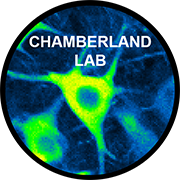
RESEARCH
Our research efforts are structured around three interrelated themes:
How does the genetic diversity of neurons translate to function? Millions of entangled neurons populate the brain. Neurons possess complex and beautiful structures. But neurons are also extremely diverse: gene expression analysis has provided a comprehensive neuronal census by identifying hundreds of neuronal types. We gain access to specific populations of neurons based on combinatorial gene expression to link structure to function.
What is the functional architecture of hippocampal neurons? In neuronal circuits, information travels in the form of electrical impulses. The wiring diagram connecting diverse populations of neurons is becoming clearer, but it is far from complete. It is believed that the transfer of information between neurons plays a key role in encoding and retrieving memories. The hippocampus is a brain region integral to long-term memory in which specific types of neurons activate in predictable patterns. By recording and visualizing the activity of single neurons and groups of neurons, we aim to dissect and relate their roles to the larger network activity.
How does modulation of neuronal and synaptic activity enable information storage? Neuronal networks are dynamically modulated by activity, which is believed to support memory. We manipulate individual neuronal subtypes and synaptic circuits to understand the roles of individual neurons in the encoding, storage and retrieval of information.
Our research questions require us to work at multiple levels from genes to animals. We use a combination of electrophysiological, optogenetic, pharmacogenetic, anatomical tracing and imaging techniques to dissect hippocampal circuits function.
